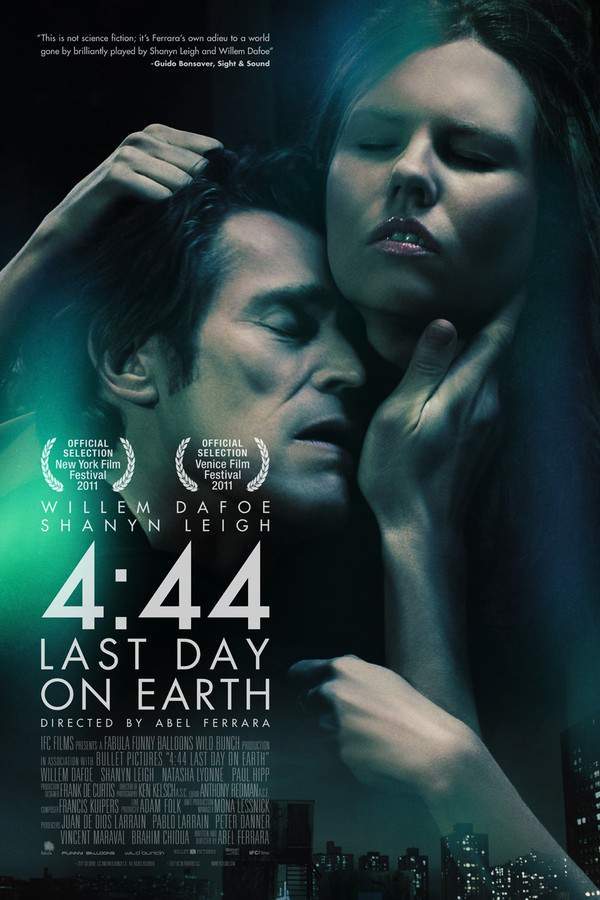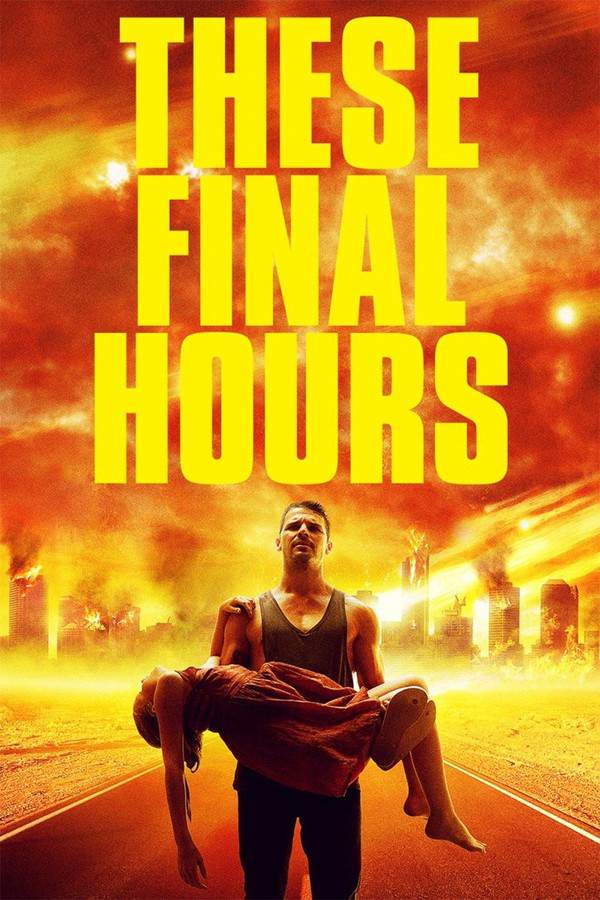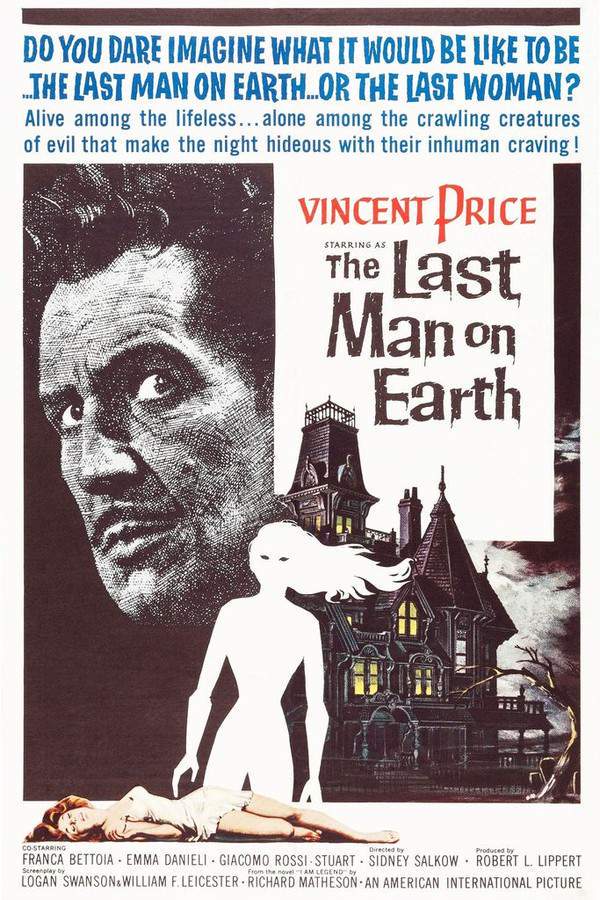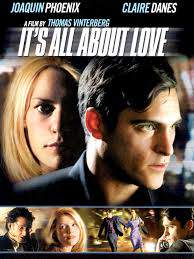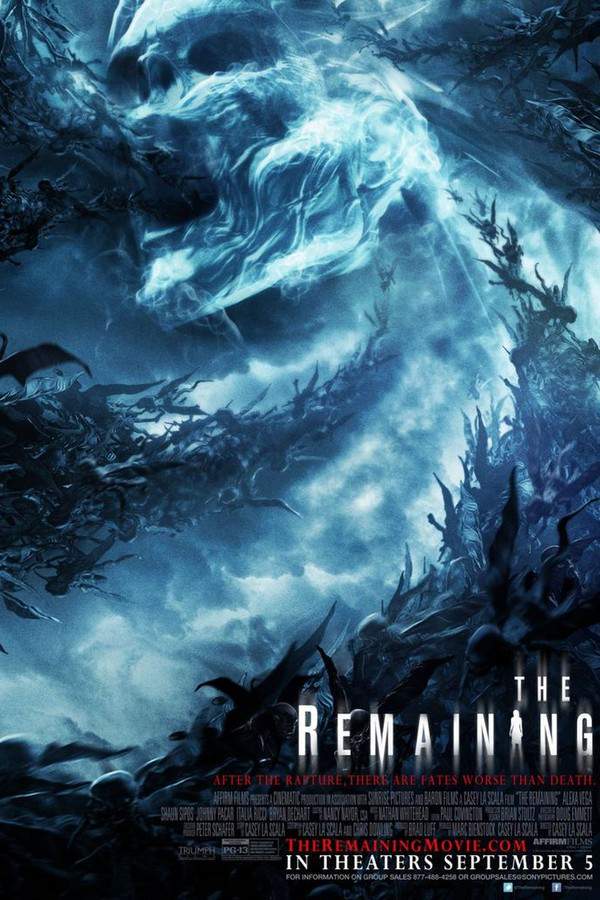
A Room Full of Nothing
An artistic couple residing in Austin, Texas, awaken to a startling discovery: they are the only two people left on Earth. Everyone else has vanished, and it turns out their actions may be responsible for the global disappearance. They must now grapple with the implications of their situation and the immense responsibility they bear as the last remnants of humanity.
Warning: spoilers below!
Haven’t seen A Room Full of Nothing yet? This summary contains major spoilers. Bookmark the page, watch the movie, and come back for the full breakdown. If you're ready, scroll on and relive the story!
A Room Full of Nothing (2019) – Full Plot Summary & Ending Explained
Read the complete plot breakdown of A Room Full of Nothing (2019), including all key story events, major twists, and the ending explained in detail. Discover what really happened—and what it all means.
Phyllis Ivy Meehan is an aspiring fine artist, and Barry Duncan Coe is an actor in a local community theater, sharing a small house in an Austin suburb. On the day a scathing review lands as the production closes, their routine world Tilts: an offhand remark at the wrap party about manifesting and the law of attraction plants a seed of curiosity about what happens when desire meets reality. That curiosity deepens when Phyllis attends a gallery opening, where a daft art fan challenges her work and makes her question the path she has chosen, even as her boss once praised it. The moment foreshadows a larger reckoning with purpose, art, and the price of perfection.
That night, Barry confesses a longing for a simple vacation, and a bottle of whiskey becomes the catalyst for a reckless experiment in wishful thinking. They jokingly “manifest” a world in which everyone else disappears, leaving just the two of them alone. The next morning they discover an unsettling silence: the newspaper is not delivered, streets are empty, and doors that were once open now seem closed to everyone else. They realize their lighthearted fantasy may have come true in an unforeseen, impossible way, and they step into a city that feels empty and uncanny as they set out to test the limits of their new reality.
What follows is a slow unspooling of freedom and fear. A previously hidden stream behind their house reveals a grotto and a secluded swimming hole, and the couple cycles between relief and unease as they wrestle with the meaning of their sudden autonomy. Phyllis dives into her art with renewed vigor, while Barry grows restless and increasingly preoccupied with whether human contact—real or imagined—still matters. A power outage plunges the house into heat and stillness, pushing them toward a more adventurous, then more perilous, trek into the woods behind their home.
In the forest, their questions about life, art, and companionship intensify. Barry’s optimism winds down, and Phyllis remains content with their self-contained existence, but the harsh environment tests both of them. They become lost, sleeping beneath a cliff as the world around them seems to dissolve and reconfigure. When they finally press on, they stumble into a desert landscape that feels alien and uninhabited, a stark stage for their shifting perceptions and fragile sanity. They play at make-believe, imagining a vacation they thought they had earned, while the wind and sun press in with relentless clarity.
A brutal truth emerges under the desert sky: Phyllis’s power has shaped their fate. Barry’s last hope is to return to the life they left behind, but he confronts Phyllis with the chilling realization that she was the architect of their isolation. She denies selfish motives, but the accusation hangs heavy as he flees, pursued by a confounding mixture of awe and horror. He tumbles down a hill, striking his head on a piece of driftwood, and life leaves him behind. In the silence that follows, Phyllis’s conscience dissolves into darkness, and she is left to endure a solitary existence that mirrors the loneliness she once willed upon the world.
The final image lingers on a woman who has seen the world she sought vanish into absence. Her artistic ambition collapses into a personal ruin, and the narrative closes with Phyllis facing the consequences of a choice that allowed her to rewrite not only her fate but the fate of everyone around her. The story’s quiet, unnerving arc invites reflection on how desire, creativity, and control intersect—and on the cost of wishing away the lives of others to secure one’s own sense of happiness.
Last Updated: October 01, 2025 at 13:04
Explore Movie Threads
Discover curated groups of movies connected by mood, themes, and story style. Browse collections built around emotion, atmosphere, and narrative focus to easily find films that match what you feel like watching right now.
Movies about existential dread in a surreal world like A Room Full of Nothing
Characters confront profound questions of reality and purpose in uncanny settings.If you liked the surreal premise and heavy themes of A Room Full of Nothing, this list features similar movies where characters confront existential crises in uncanny or magically real settings. These films often have a melancholic tone and a slow, meditative pace, exploring isolation and the nature of reality.
Narrative Summary
These narratives often begin with a strange event or shift in reality that forces characters to question everything they know. The plot is less about external action and more about an internal journey of discovery, typically leading to a bleak or bittersweet realization about the human condition.
Why These Movies?
They are grouped by their shared foundation in surrealism or magical realism used as a lens to examine weighty philosophical ideas. The mood is consistently reflective, anxious, and dreamlike, with a pacing that allows the psychological tension and uncanny atmosphere to build gradually.
Intimate apocalypse movies focusing on a couple like A Room Full of Nothing
Global catastrophe explored through the lens of a small group or couple's relationship.For viewers who appreciated the couple-centric drama of A Room Full of Nothing, this collection highlights films where a cataclysmic event isolates a small group, forcing them to navigate both survival and the complexities of their relationships. These are character-driven stories with a heavy emotional weight.
Narrative Summary
The narrative follows a small cast, often a couple or family, as they become the last survivors or one of the few groups left after a major disaster. The external conflict of the apocalypse is matched by the internal conflicts within the relationship, with the story examining how love, guilt, and dependency evolve under immense pressure.
Why These Movies?
These films share a specific focus on micro-level human drama within a macro-level catastrophe. They prioritize character dynamics over action, resulting in a slow, deliberate pace and a tone that is often bleak, melancholic, or intensely dramatic, exploring themes of isolation and shared responsibility.
Unlock the Full Story of A Room Full of Nothing
Don't stop at just watching — explore A Room Full of Nothing in full detail. From the complete plot summary and scene-by-scene timeline to character breakdowns, thematic analysis, and a deep dive into the ending — every page helps you truly understand what A Room Full of Nothing is all about. Plus, discover what's next after the movie.
A Room Full of Nothing Timeline
Track the full timeline of A Room Full of Nothing with every major event arranged chronologically. Perfect for decoding non-linear storytelling, flashbacks, or parallel narratives with a clear scene-by-scene breakdown.

Characters, Settings & Themes in A Room Full of Nothing
Discover the characters, locations, and core themes that shape A Room Full of Nothing. Get insights into symbolic elements, setting significance, and deeper narrative meaning — ideal for thematic analysis and movie breakdowns.

A Room Full of Nothing Spoiler-Free Summary
Get a quick, spoiler-free overview of A Room Full of Nothing that covers the main plot points and key details without revealing any major twists or spoilers. Perfect for those who want to know what to expect before diving in.

More About A Room Full of Nothing
Visit What's After the Movie to explore more about A Room Full of Nothing: box office results, cast and crew info, production details, post-credit scenes, and external links — all in one place for movie fans and researchers.







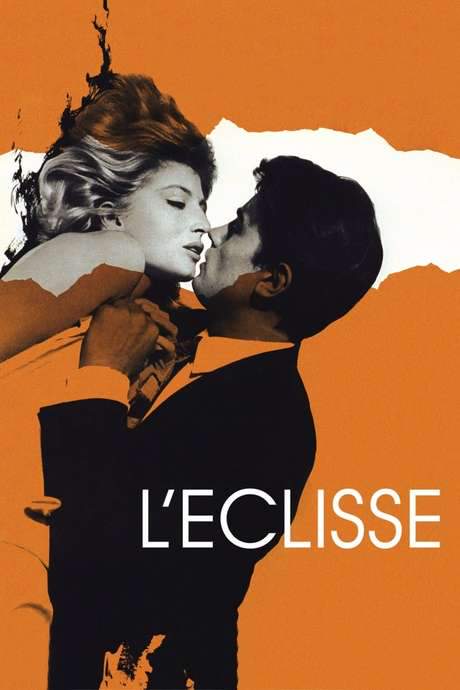
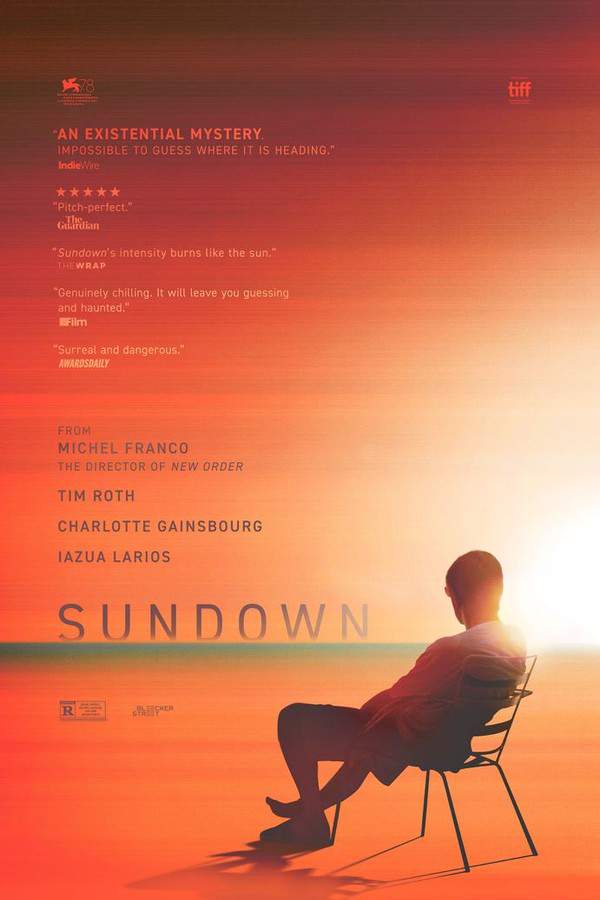


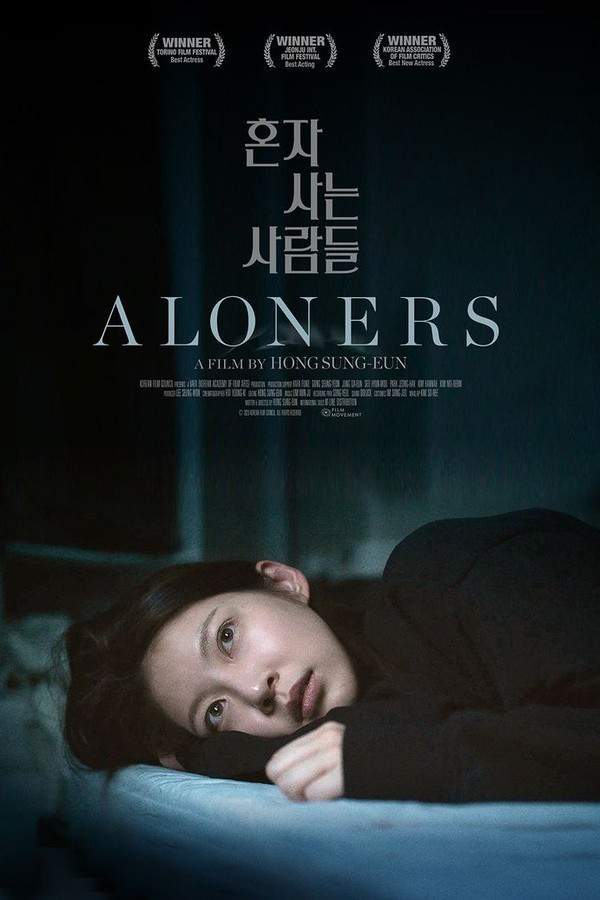

-HOGtBZMKH4I3HQ.jpg)




